| Company |
Symbol |
Price (USD) |
Dividend Yield |
P/E Ratio |
EPS (TTM) |
Market Cap (USD) |
StockBossUp Link |
| Microsoft Corporation |
MSFT |
531.52 |
0.64% |
50.69 |
12.93 |
2.79T |
MSFT |
| Unilever plc |
UL |
62.71 |
7.5% |
N/A |
N/A |
N/A |
UL |
| Toyota Motor Corporation |
TM |
152.50 |
3.04% |
N/A |
N/A |
N/A |
TM |
| Apple Inc |
AAPL |
268.81 |
0.39% |
42.94 |
6.59 |
3.01T |
AAPL |
| Amazon.com Inc |
AMZN |
226.97 |
0.00% |
N/A |
N/A |
N/A |
AMZN |
| Alphabet Inc (Class A) |
GOOGL |
269.27 |
0.33% |
49.89 |
9.56 |
2.13T |
GOOGL |
| Tesla Inc |
TSLA |
452.42 |
0.00% |
N/A |
N/A |
N/A |
TSLA |
| Meta Platforms Inc |
META |
750.82 |
0.29% |
64.78 |
27.56 |
1.86T |
META |
| NVIDIA Corporation |
NVDA |
191.49 |
0.00% |
N/A |
N/A |
N/A |
NVDA |
| Johnson & Johnson |
JNJ |
190.30 |
3.38% |
N/A |
N/A |
N/A |
JNJ |
Introduction
Large-cap stocks represent some of the world’s most established and financially robust companies, often serving as benchmarks for global market performance. Their scale, brand strength, and steady earnings make them attractive to both institutional and individual investors seeking stability and long-term growth. However, even the largest corporations are not immune to the powerful forces reshaping today’s economic landscape. These “macro shifts” — broad, systemic changes in technology, sustainability priorities, and global trade dynamics — are redefining what it means to be a market leader. From rapid technological disruption and the rise of ESG (Environmental, Social, and Governance) investing to evolving global supply-chain models, these trends are influencing valuation, competitiveness, and investor strategy. This article explores how such shifts are transforming large-cap stocks and offers insights for investors aiming to navigate this evolving environment with clarity and foresight.
Technology Disruption and Its Influence on Large-Cap Stocks
Technology disruption is transforming traditional industries at a scale not seen in decades, reshaping how large-cap companies create value and sustain growth. Advances in artificial intelligence, automation, and cloud computing have allowed firms to optimize operations, improve productivity, and unlock new revenue streams. This shift is especially visible in the dominance of Big Tech within major indices. As of 2024, the five largest technology firms—Apple, Microsoft, Alphabet, Amazon, and NVIDIA—collectively represented about 25% of the S&P 500’s total market capitalization, reflecting their unprecedented influence on global markets (Bloomberg, 2024). Their success demonstrates how digital innovation and scalability have become central to valuation and investor confidence. Companies leading in AI integration, data analytics, and platform-based models are now seen not only as technology pioneers but also as economic bellwethers.
Beyond the technology sector, traditional large-cap companies in industries such as consumer goods, banking, and manufacturing are undergoing their own digital reinventions. Many are embracing automation and AI-driven insights to streamline operations and strengthen customer engagement. For example, leading consumer brands are leveraging predictive analytics for supply-chain efficiency, while financial institutions are investing in fintech partnerships and digital platforms to meet evolving customer expectations (Deloitte Insights, 2023). Large-cap firms that successfully integrate these tools tend to achieve stronger growth trajectories and sustainable competitive advantages. For investors, the key takeaway is clear: technology-driven adaptability has become one of the most reliable indicators of long-term performance in the large-cap segment (PwC, 2023).
ESG (Environmental, Social, and Governance) as a Macro Shift
Innovations in artificial intelligence, automation, and cloud computing are upending business models across sectors—from consumer goods and finance to manufacturing and healthcare. For example, the five largest technology firms now account for roughly 25 % of all U.S. equity value, signaling an unprecedented concentration of influence. (CCN.com) Their dominance underscores how technological leadership can translate into market-cap power, investor confidence, and long-term profitability.
But the impact of technological transformation extends well beyond pure tech companies. Traditional large-cap firms are adapting by using digital infrastructure to cut costs, respond more swiftly to market demands, and reinvent themselves for the future. Research by Deloitte shows that organisations with higher digital maturity are far more likely to achieve superior revenue growth and profit margins. (Deloitte Brazil) In this new environment, valuation analysis, investor sentiment, and competitive positioning are increasingly tied to a company’s ability to innovate and execute.
The Global Supply-Chain Transformation and Its Effects
In recent years, global supply-chain disruptions have emerged as one of the most significant macroeconomic challenges affecting large-cap companies. Events such as the COVID-19 pandemic, the Russia-Ukraine conflict, and rising trade restrictions have exposed vulnerabilities in global logistics networks. These disruptions have led to production delays, increased shipping costs, and shortages of critical materials. As a result, large-cap multinationals are rethinking their operational footprints and sourcing strategies to reduce dependency on single regions or suppliers. The growing trends of “friend-shoring” and “near-shoring” — relocating production to politically stable or geographically closer markets — are reshaping how large corporations manage global operations (World Economic Forum, 2024). This transition aims to balance cost efficiency with resilience, ensuring business continuity in an era of geopolitical and economic uncertainty.
The shift toward regionalized production is also changing financial structures and investor evaluations of large-cap firms. While relocating supply chains may increase short-term costs, it often improves long-term margins and operational reliability. Companies like Toyota and Apple have diversified their manufacturing networks by expanding production in Southeast Asia and North America, demonstrating that strategic supply-chain flexibility can mitigate global risk (Reuters, 2024). Meanwhile, technologies such as blockchain, AI-driven analytics, and real-time monitoring tools are improving supply-chain transparency and predictive planning. For investors, companies that exhibit such agility and foresight are more likely to deliver consistent returns, even during global volatility. Supply-chain adaptability has thus become a key differentiator between resilient large-caps and those vulnerable to external shocks (McKinsey & Company, 2023).
Intersection of Technology, ESG, and Supply Chains
Technology, ESG, and supply-chain transformation are increasingly interconnected forces shaping the future of large-cap companies. These macro trends do not operate in isolation; instead, they reinforce one another to drive sustainable, efficient, and forward-looking business models. Technological innovation plays a critical role in enabling ESG goals, as data analytics, automation, and artificial intelligence improve transparency, accountability, and resource optimization. For example, AI-driven supply chains allow companies to forecast demand more accurately, minimize waste, and lower carbon emissions — outcomes that strengthen both operational performance and sustainability credentials (Deloitte Insights, 2024). Large-cap firms that integrate digital tools with ESG strategies are better equipped to meet regulatory expectations and consumer demand for ethical business practices, while also achieving cost efficiencies and innovation-driven growth.
Investors increasingly look for companies that can balance profitability with sustainability, using technology as an enabler of long-term value creation. Digital transformation initiatives such as carbon tracking, blockchain-based supplier audits, and automated compliance reporting demonstrate how innovation supports ESG alignment across complex global operations. This convergence also enhances investor confidence, as firms capable of executing across these dimensions tend to exhibit greater agility and lower risk exposure in volatile markets. Ultimately, the intersection of these three forces represents a blueprint for future-ready large-cap leadership — where efficiency, responsibility, and adaptability define lasting competitive advantage (PwC, 2023; Harvard Business Review, 2023).
Investment Strategies for Navigating Macro Shifts
Investing in large-cap stocks amid shifting macroeconomic trends requires a strategic approach that considers both traditional financial metrics and emerging market forces. Key indicators for evaluating large-cap companies include revenue stability, cash flow generation, debt levels, and growth potential. Beyond financials, investors are increasingly assessing a company’s exposure to technological innovation, ESG integration, and supply-chain resilience. By analyzing these factors, investors can identify firms that are not only stable today but also well-positioned to thrive amid economic, technological, and regulatory changes (Morningstar, 2023). A macro-focused perspective helps investors anticipate risks and opportunities, ensuring their portfolios remain aligned with long-term growth trends.
Exchange-traded funds (ETFs) and mutual funds targeting large-cap indices allow investors to spread exposure across multiple sectors, geographies, and thematic trends. This approach mitigates the impact of individual company disruptions while capturing upside from macro-driven leaders. Both fundamental analysis, which evaluates financial health and competitive positioning, and thematic investing, which targets growth trends like digital transformation and sustainability, are essential tools for selecting resilient stocks. Investors should focus on companies demonstrating adaptability, innovation, and operational agility, as these traits often correlate with stronger long-term performance. By combining rigorous analysis with diversified exposure, investors can identify large-cap leaders capable of delivering consistent returns in a dynamic market environment (Investopedia, 2024; McKinsey & Company, 2023).
Risks and Challenges for Investors
Investing in large-cap stocks during periods of macroeconomic change involves navigating a range of risks and challenges. Short-term market volatility often leads to overreactions to macro news, which can disproportionately affect even the largest and most established companies. Investors focused too heavily on a single theme, such as technology or ESG, may face heightened exposure if that sector underperforms or faces regulatory setbacks. For example, sudden shifts in interest rates, trade tensions, or public sentiment toward ESG initiatives can trigger sharp market movements that impact portfolio performance (Investopedia, 2024). Understanding these dynamics is crucial for mitigating risks and maintaining a balanced approach to large-cap investing.
Technological sectors face potential data privacy and cybersecurity regulations that could affect growth and profitability, while ESG mandates in certain markets may encounter political or social resistance, limiting their intended impact. Additionally, global trade fragmentation—driven by tariffs, geopolitical disputes, or regionalization of supply chains—introduces uncertainty into cost structures and logistics for multinational corporations. Large-cap firms with diversified operations and agile strategies are better positioned to navigate these challenges, whereas companies that lack adaptability may experience disproportionate disruptions. For investors, evaluating regulatory exposure, operational flexibility, and thematic concentration is essential to reduce downside risk and protect long-term returns (Harvard Business Review, 2023; McKinsey & Company, 2023).
Future Outlook
The future of large-cap investing will be shaped by several emerging macro forces that extend beyond traditional market drivers. Artificial intelligence governance, decarbonization mandates, and the integration of digital finance are expected to play increasingly prominent roles in determining corporate performance and investor confidence. Large-cap companies that proactively adopt AI ethics frameworks, implement sustainable operations, and leverage digital payment and blockchain systems are likely to maintain competitive advantages while mitigating regulatory and operational risks (World Economic Forum, 2024). These trends suggest that the next decade may redefine the concept of “large-cap stability,” shifting the focus from sheer scale and cash flow to adaptability, technological foresight, and responsible governance.
As the global economy becomes increasingly multipolar, with growth distributed across diverse regions, large-cap dominance may depend on companies’ ability to navigate complex geopolitical landscapes and regional markets. Firms that balance innovation with long-term value creation are likely to outperform peers, as investors prioritize resilience, ethical practices, and growth in emerging sectors. In this environment, large-cap leaders will need to harmonize technological investment, ESG alignment, and supply-chain agility to sustain investor trust and profitability. For investors, the lesson is clear: identifying companies that embrace forward-looking strategies while maintaining operational discipline will be key to capturing sustainable returns in a rapidly evolving global market (McKinsey & Company, 2023; PwC, 2023).
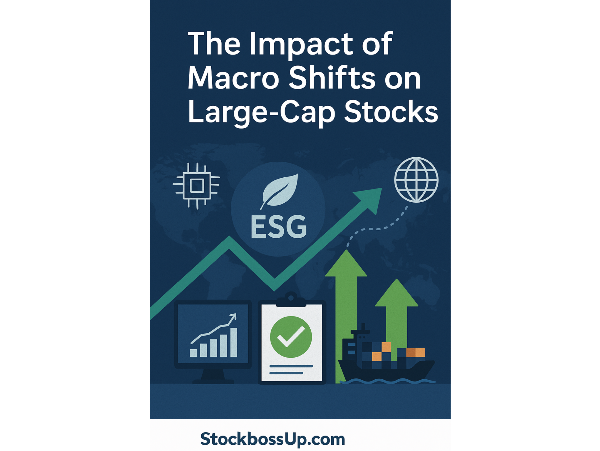

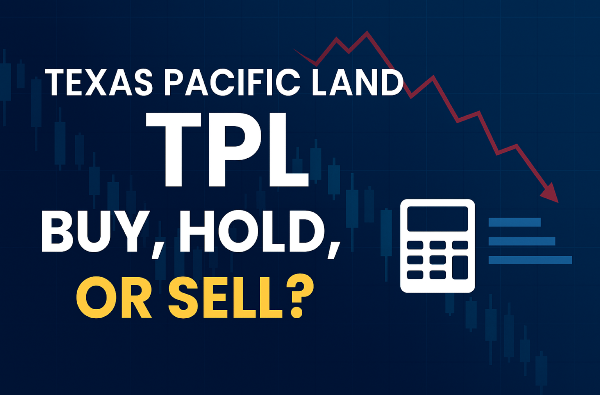
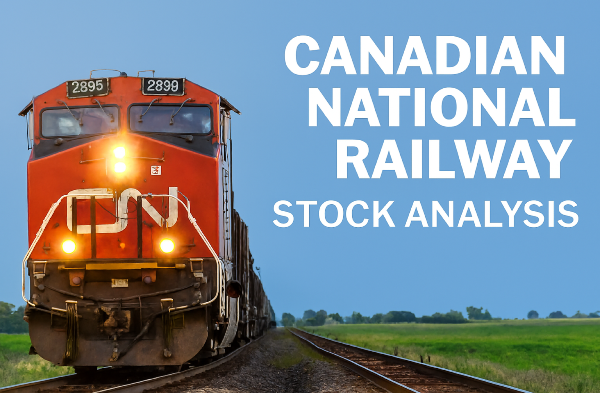
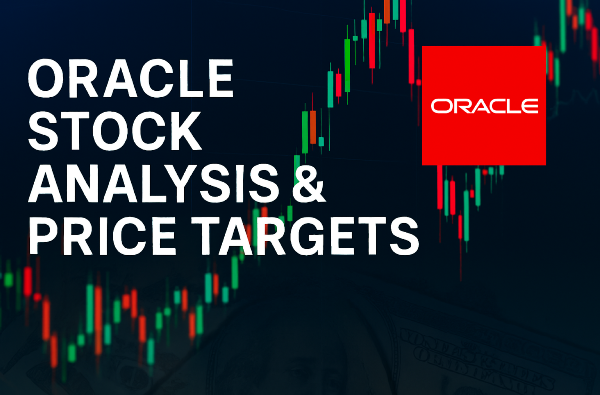
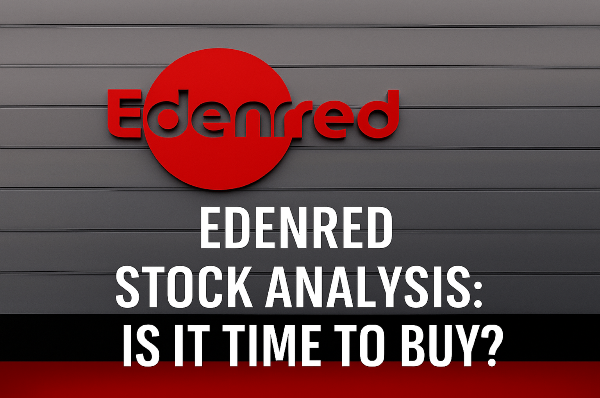
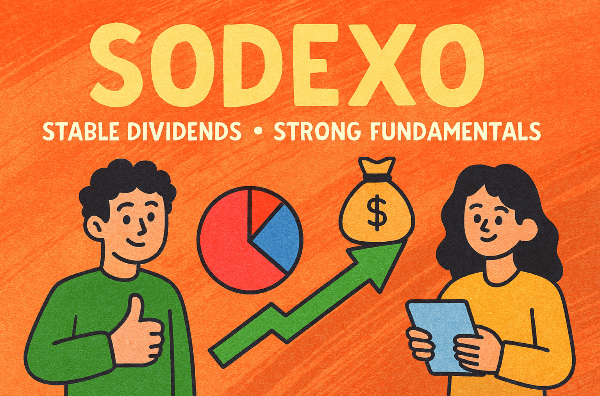
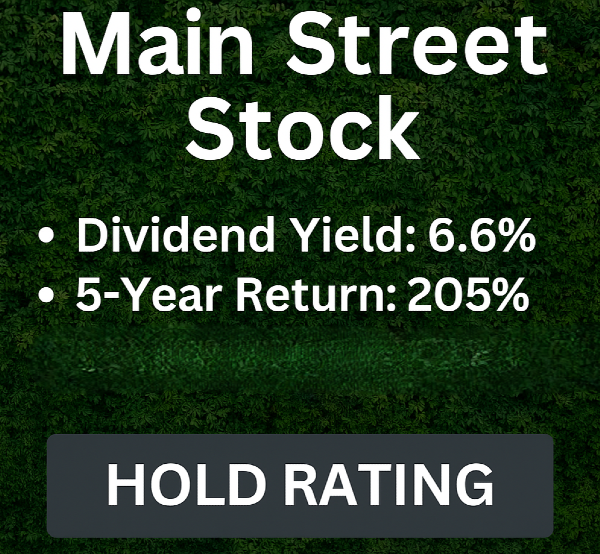
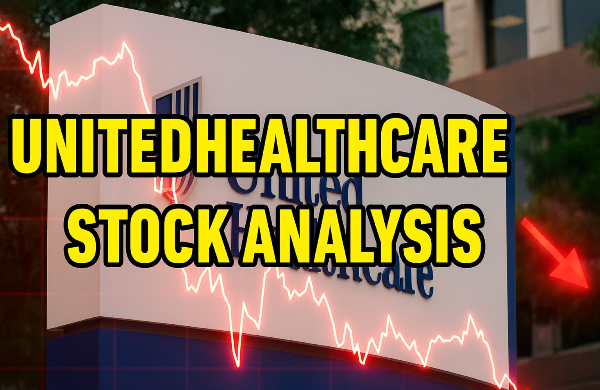
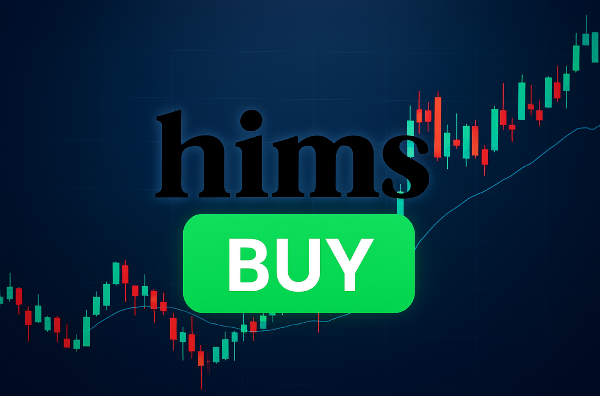
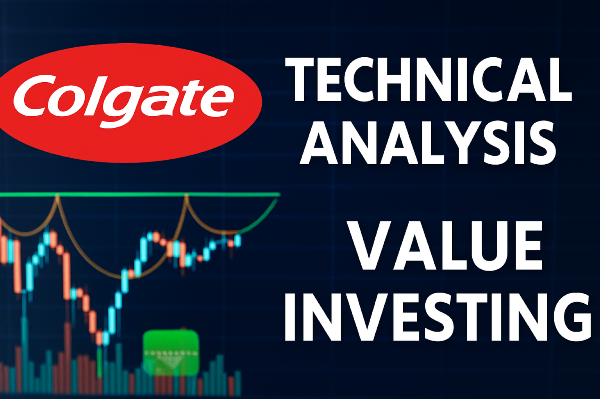




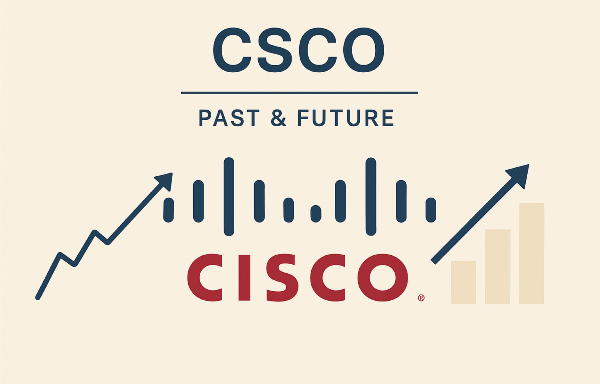



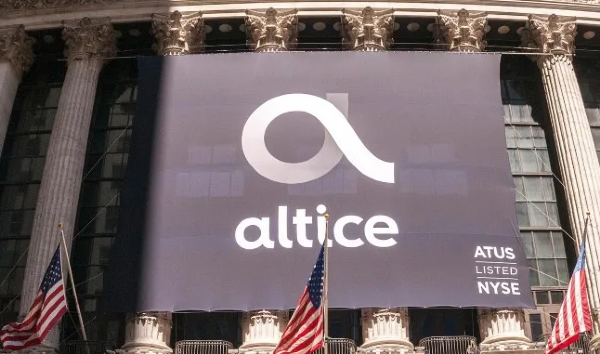
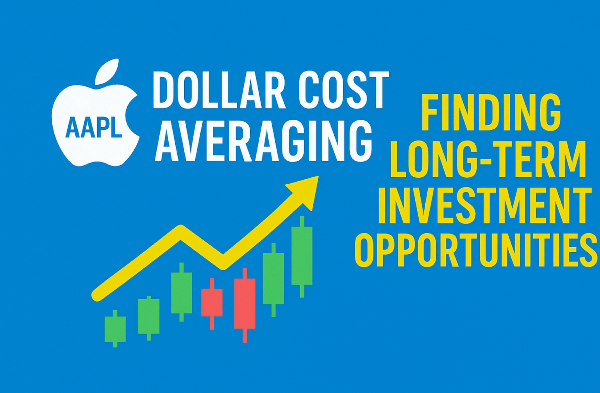









Introduction
Large-cap stocks represent some of the world’s most established and financially robust companies, often serving as benchmarks for global market performance. Their scale, brand strength, and steady earnings make them attractive to both institutional and individual investors seeking stability and long-term growth. However, even the largest corporations are not immune to the powerful forces reshaping today’s economic landscape. These “macro shifts” — broad, systemic changes in technology, sustainability priorities, and global trade dynamics — are redefining what it means to be a market leader. From rapid technological disruption and the rise of ESG (Environmental, Social, and Governance) investing to evolving global supply-chain models, these trends are influencing valuation, competitiveness, and investor strategy. This article explores how such shifts are transforming large-cap stocks and offers insights for investors aiming to navigate this evolving environment with clarity and foresight.
Technology Disruption and Its Influence on Large-Cap Stocks
Technology disruption is transforming traditional industries at a scale not seen in decades, reshaping how large-cap companies create value and sustain growth. Advances in artificial intelligence, automation, and cloud computing have allowed firms to optimize operations, improve productivity, and unlock new revenue streams. This shift is especially visible in the dominance of Big Tech within major indices. As of 2024, the five largest technology firms—Apple, Microsoft, Alphabet, Amazon, and NVIDIA—collectively represented about 25% of the S&P 500’s total market capitalization, reflecting their unprecedented influence on global markets (Bloomberg, 2024). Their success demonstrates how digital innovation and scalability have become central to valuation and investor confidence. Companies leading in AI integration, data analytics, and platform-based models are now seen not only as technology pioneers but also as economic bellwethers.
Beyond the technology sector, traditional large-cap companies in industries such as consumer goods, banking, and manufacturing are undergoing their own digital reinventions. Many are embracing automation and AI-driven insights to streamline operations and strengthen customer engagement. For example, leading consumer brands are leveraging predictive analytics for supply-chain efficiency, while financial institutions are investing in fintech partnerships and digital platforms to meet evolving customer expectations (Deloitte Insights, 2023). Large-cap firms that successfully integrate these tools tend to achieve stronger growth trajectories and sustainable competitive advantages. For investors, the key takeaway is clear: technology-driven adaptability has become one of the most reliable indicators of long-term performance in the large-cap segment (PwC, 2023).
ESG (Environmental, Social, and Governance) as a Macro Shift
Innovations in artificial intelligence, automation, and cloud computing are upending business models across sectors—from consumer goods and finance to manufacturing and healthcare. For example, the five largest technology firms now account for roughly 25 % of all U.S. equity value, signaling an unprecedented concentration of influence. (CCN.com) Their dominance underscores how technological leadership can translate into market-cap power, investor confidence, and long-term profitability.
But the impact of technological transformation extends well beyond pure tech companies. Traditional large-cap firms are adapting by using digital infrastructure to cut costs, respond more swiftly to market demands, and reinvent themselves for the future. Research by Deloitte shows that organisations with higher digital maturity are far more likely to achieve superior revenue growth and profit margins. (Deloitte Brazil) In this new environment, valuation analysis, investor sentiment, and competitive positioning are increasingly tied to a company’s ability to innovate and execute.
The Global Supply-Chain Transformation and Its Effects
In recent years, global supply-chain disruptions have emerged as one of the most significant macroeconomic challenges affecting large-cap companies. Events such as the COVID-19 pandemic, the Russia-Ukraine conflict, and rising trade restrictions have exposed vulnerabilities in global logistics networks. These disruptions have led to production delays, increased shipping costs, and shortages of critical materials. As a result, large-cap multinationals are rethinking their operational footprints and sourcing strategies to reduce dependency on single regions or suppliers. The growing trends of “friend-shoring” and “near-shoring” — relocating production to politically stable or geographically closer markets — are reshaping how large corporations manage global operations (World Economic Forum, 2024). This transition aims to balance cost efficiency with resilience, ensuring business continuity in an era of geopolitical and economic uncertainty.
The shift toward regionalized production is also changing financial structures and investor evaluations of large-cap firms. While relocating supply chains may increase short-term costs, it often improves long-term margins and operational reliability. Companies like Toyota and Apple have diversified their manufacturing networks by expanding production in Southeast Asia and North America, demonstrating that strategic supply-chain flexibility can mitigate global risk (Reuters, 2024). Meanwhile, technologies such as blockchain, AI-driven analytics, and real-time monitoring tools are improving supply-chain transparency and predictive planning. For investors, companies that exhibit such agility and foresight are more likely to deliver consistent returns, even during global volatility. Supply-chain adaptability has thus become a key differentiator between resilient large-caps and those vulnerable to external shocks (McKinsey & Company, 2023).
Intersection of Technology, ESG, and Supply Chains
Technology, ESG, and supply-chain transformation are increasingly interconnected forces shaping the future of large-cap companies. These macro trends do not operate in isolation; instead, they reinforce one another to drive sustainable, efficient, and forward-looking business models. Technological innovation plays a critical role in enabling ESG goals, as data analytics, automation, and artificial intelligence improve transparency, accountability, and resource optimization. For example, AI-driven supply chains allow companies to forecast demand more accurately, minimize waste, and lower carbon emissions — outcomes that strengthen both operational performance and sustainability credentials (Deloitte Insights, 2024). Large-cap firms that integrate digital tools with ESG strategies are better equipped to meet regulatory expectations and consumer demand for ethical business practices, while also achieving cost efficiencies and innovation-driven growth.
Investors increasingly look for companies that can balance profitability with sustainability, using technology as an enabler of long-term value creation. Digital transformation initiatives such as carbon tracking, blockchain-based supplier audits, and automated compliance reporting demonstrate how innovation supports ESG alignment across complex global operations. This convergence also enhances investor confidence, as firms capable of executing across these dimensions tend to exhibit greater agility and lower risk exposure in volatile markets. Ultimately, the intersection of these three forces represents a blueprint for future-ready large-cap leadership — where efficiency, responsibility, and adaptability define lasting competitive advantage (PwC, 2023; Harvard Business Review, 2023).
Investment Strategies for Navigating Macro Shifts
Investing in large-cap stocks amid shifting macroeconomic trends requires a strategic approach that considers both traditional financial metrics and emerging market forces. Key indicators for evaluating large-cap companies include revenue stability, cash flow generation, debt levels, and growth potential. Beyond financials, investors are increasingly assessing a company’s exposure to technological innovation, ESG integration, and supply-chain resilience. By analyzing these factors, investors can identify firms that are not only stable today but also well-positioned to thrive amid economic, technological, and regulatory changes (Morningstar, 2023). A macro-focused perspective helps investors anticipate risks and opportunities, ensuring their portfolios remain aligned with long-term growth trends.
Exchange-traded funds (ETFs) and mutual funds targeting large-cap indices allow investors to spread exposure across multiple sectors, geographies, and thematic trends. This approach mitigates the impact of individual company disruptions while capturing upside from macro-driven leaders. Both fundamental analysis, which evaluates financial health and competitive positioning, and thematic investing, which targets growth trends like digital transformation and sustainability, are essential tools for selecting resilient stocks. Investors should focus on companies demonstrating adaptability, innovation, and operational agility, as these traits often correlate with stronger long-term performance. By combining rigorous analysis with diversified exposure, investors can identify large-cap leaders capable of delivering consistent returns in a dynamic market environment (Investopedia, 2024; McKinsey & Company, 2023).
Risks and Challenges for Investors
Investing in large-cap stocks during periods of macroeconomic change involves navigating a range of risks and challenges. Short-term market volatility often leads to overreactions to macro news, which can disproportionately affect even the largest and most established companies. Investors focused too heavily on a single theme, such as technology or ESG, may face heightened exposure if that sector underperforms or faces regulatory setbacks. For example, sudden shifts in interest rates, trade tensions, or public sentiment toward ESG initiatives can trigger sharp market movements that impact portfolio performance (Investopedia, 2024). Understanding these dynamics is crucial for mitigating risks and maintaining a balanced approach to large-cap investing.
Technological sectors face potential data privacy and cybersecurity regulations that could affect growth and profitability, while ESG mandates in certain markets may encounter political or social resistance, limiting their intended impact. Additionally, global trade fragmentation—driven by tariffs, geopolitical disputes, or regionalization of supply chains—introduces uncertainty into cost structures and logistics for multinational corporations. Large-cap firms with diversified operations and agile strategies are better positioned to navigate these challenges, whereas companies that lack adaptability may experience disproportionate disruptions. For investors, evaluating regulatory exposure, operational flexibility, and thematic concentration is essential to reduce downside risk and protect long-term returns (Harvard Business Review, 2023; McKinsey & Company, 2023).
Future Outlook
The future of large-cap investing will be shaped by several emerging macro forces that extend beyond traditional market drivers. Artificial intelligence governance, decarbonization mandates, and the integration of digital finance are expected to play increasingly prominent roles in determining corporate performance and investor confidence. Large-cap companies that proactively adopt AI ethics frameworks, implement sustainable operations, and leverage digital payment and blockchain systems are likely to maintain competitive advantages while mitigating regulatory and operational risks (World Economic Forum, 2024). These trends suggest that the next decade may redefine the concept of “large-cap stability,” shifting the focus from sheer scale and cash flow to adaptability, technological foresight, and responsible governance.
As the global economy becomes increasingly multipolar, with growth distributed across diverse regions, large-cap dominance may depend on companies’ ability to navigate complex geopolitical landscapes and regional markets. Firms that balance innovation with long-term value creation are likely to outperform peers, as investors prioritize resilience, ethical practices, and growth in emerging sectors. In this environment, large-cap leaders will need to harmonize technological investment, ESG alignment, and supply-chain agility to sustain investor trust and profitability. For investors, the lesson is clear: identifying companies that embrace forward-looking strategies while maintaining operational discipline will be key to capturing sustainable returns in a rapidly evolving global market (McKinsey & Company, 2023; PwC, 2023).